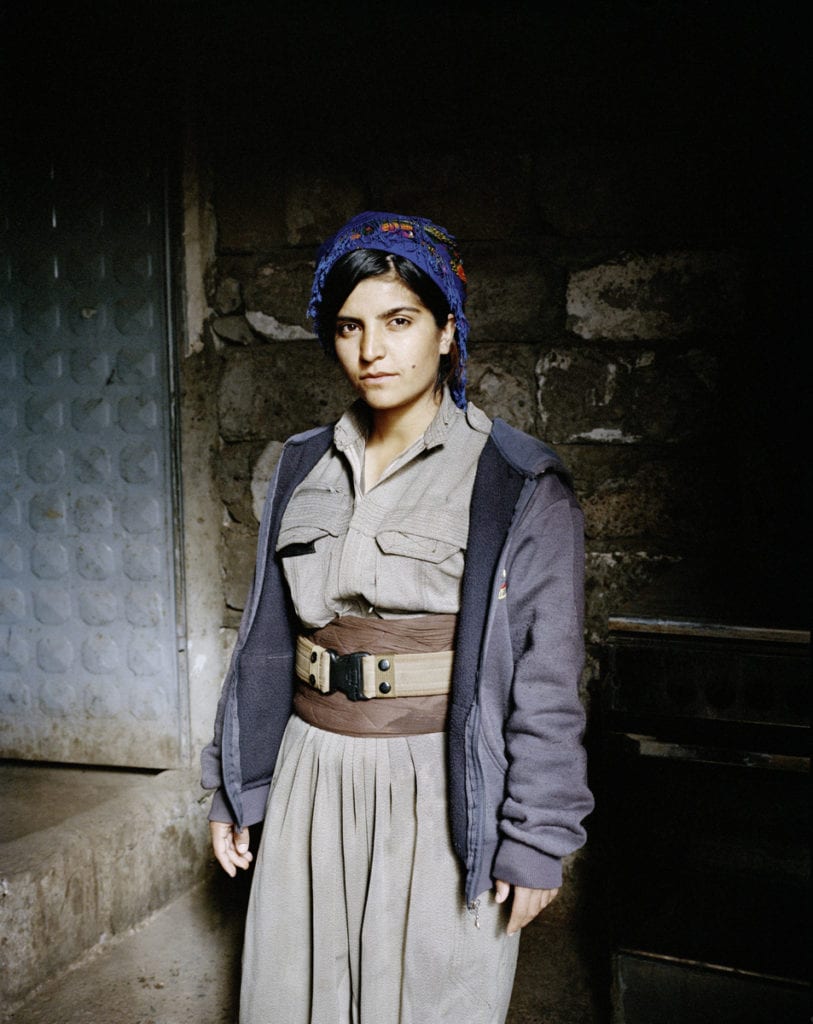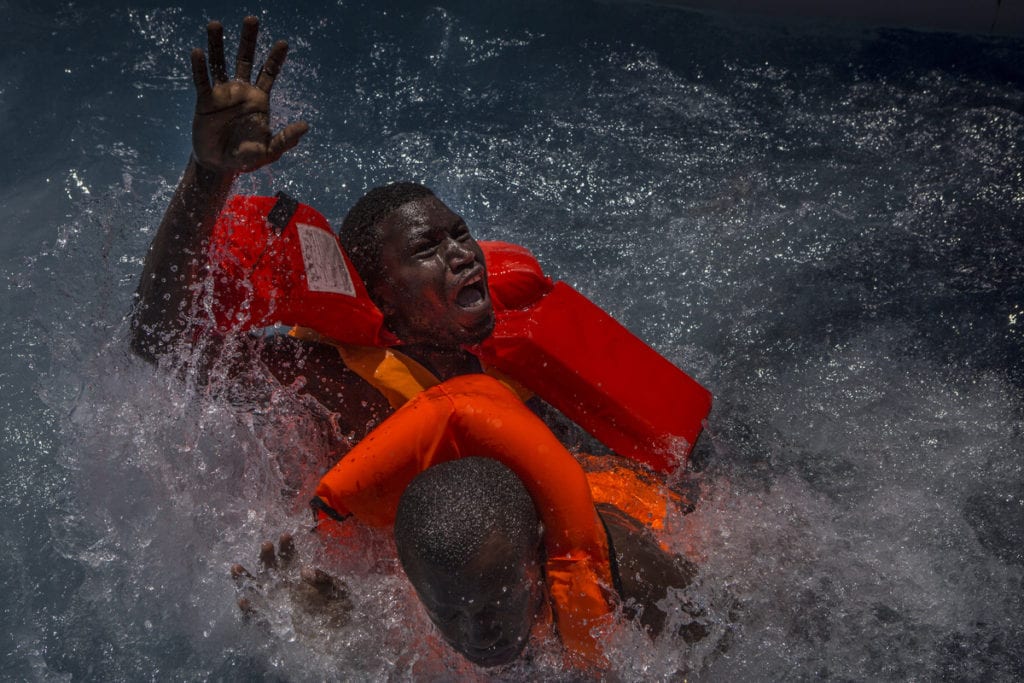Selected from 2,377 submissions from 92 countries, spanning six categories – Portraiture, Landscape, Architecture, Photojournalism, Conceptual and Best Emerging Photographer – this year’s thirty nominees are a celebration of some of the best contemporary photography the world has to offer. But whose work deserves to win?
This is your chance to have your say. The FSPA judges will be announcing their category and grand prize winners at the FSPA Awards ceremony in Osnabrück, Germany on 14 October. We are giving you the chance to choose your favourite nominee in each category, for a special People’s Choice Award which will be announced alongside the judges’ selections.
How to vote
The entries from the five finalists in each category are now being showcased here.
To vote for your favourite photographer in the ‘Photojournalism’ category, visit the Facebook gallery and like your favourite images from each photographer’s series. You can like as many or as few of the images as you want!
Find out more about each photographer’s project below:
‘Jin-Jiyan-Azadi: Women, Life, Freedom. The women warriors of Kurdistan’ by Sonja Hamad
“It is said that death at the hands of a woman bars the gates of paradise to potential martyrs. It is estimated that, in Kurdistan, a third of the Kurdish freedom fighters that are standing fast against heavily armed IS militants in Syria and northern Iraq are women.
Together with their brigades of male comrades in arms, they successfully conquered IS forces to regain the city of Kobane in northern Syria in early 2015. They also helped to rescue the Yazidi people in Sindscha City from genocide.
Hundreds of Kurdish Yazidi women in Sindscha were taken hostage by the IS, sold as sex slaves on markets, raped and even beheaded. It is in this context that the IS is revealed as the most direct, extreme, and brutal form of patriarchy, sexism, and feudalism.
The IS stands for an ideology in which there is no place for women as persons with even the most basic human rights or vestiges of freedom. In view of this, it is the women who have the least to lose and the most to gain.”
To vote for this photographer, visit the Facebook gallery.
‘Mediterranean Migration’ by Matheiu Willcocks
“The central Mediterranean migration route, between Libya and Italy’s coasts, has always been busy. 2016 was the worst year on record. According to reports by the UNHCR, over 173.000 people arrived on Italian soil – a 20% increase from 2015.
Unfortunately, the dead and missing also increased in number to 4500. War, persecution, political instability and poverty on the African continent still continue to push people to undertake this extremely dangerous journey.
NGOs and charities such as MOAS (Migrant Offshore Aid Station) continue their efforts to patrol the patch of sea north of the Libyan coast in the hopes of rescuing migrants before it is too late. Crammed in unseaworthy vessels, migrants are often deceived by their smugglers and realisetoo late that the promises of a skipper, life jackets, food and water and sufficient fuel were nothing but lies. In most cases, migrants vessels would never stand a chance to make the three day journey to Italy.”
To vote for this photographer, visit the Facebook gallery.
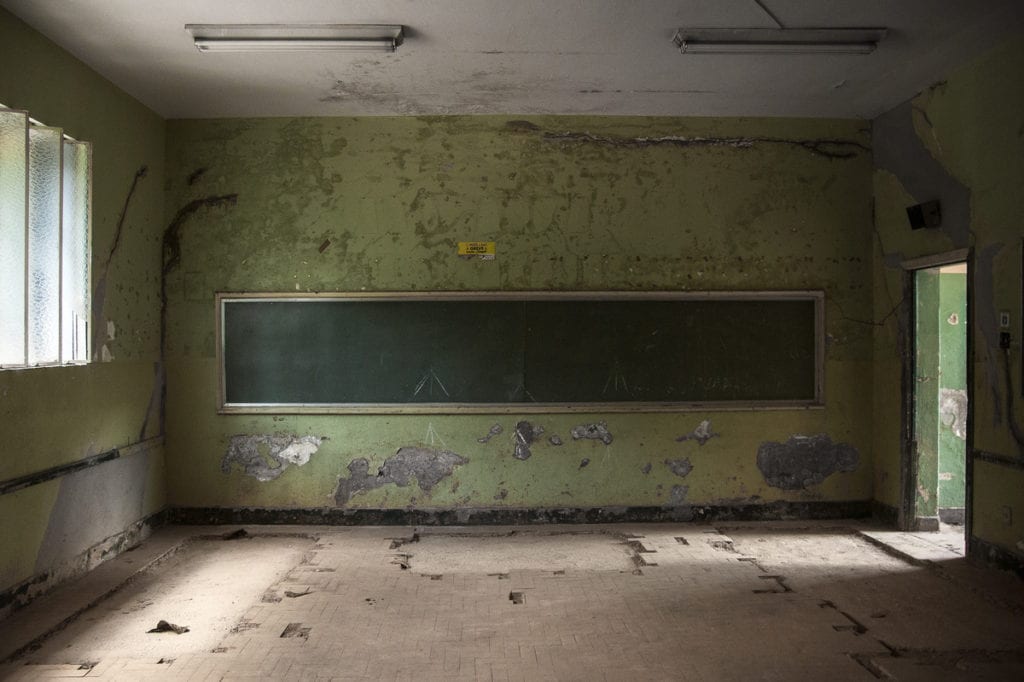
‘Eduaction for All’ by Guilherme Bergamini
“Democratic societies presume educated citizens – that is to say, it presumes well-informed and critical people. Both because it requires them to be able to determine their preferences, choose among different alternatives and also because it is assumed that they should supervise their representatives and act directly in politics when necessary. In this context, education is considered a universal right and hence a duty of the State, which should provide it for free and at high standards to the whole community.
Brazil – a country marked by its deeply unequal and unjust past – has been facing the challenge of ensuring that essential good to its people.
Thus, Brazilian democracy appears to be a dream further away when one notices that, on the one hand, the precarious conditions of public education begins in its most elementary dimension – the physical space of schools – and, on the other hand, the ones who are deprived of education are those who could benefit from it the most: the children.”
To vote for this photographer, visit the Facebook gallery.
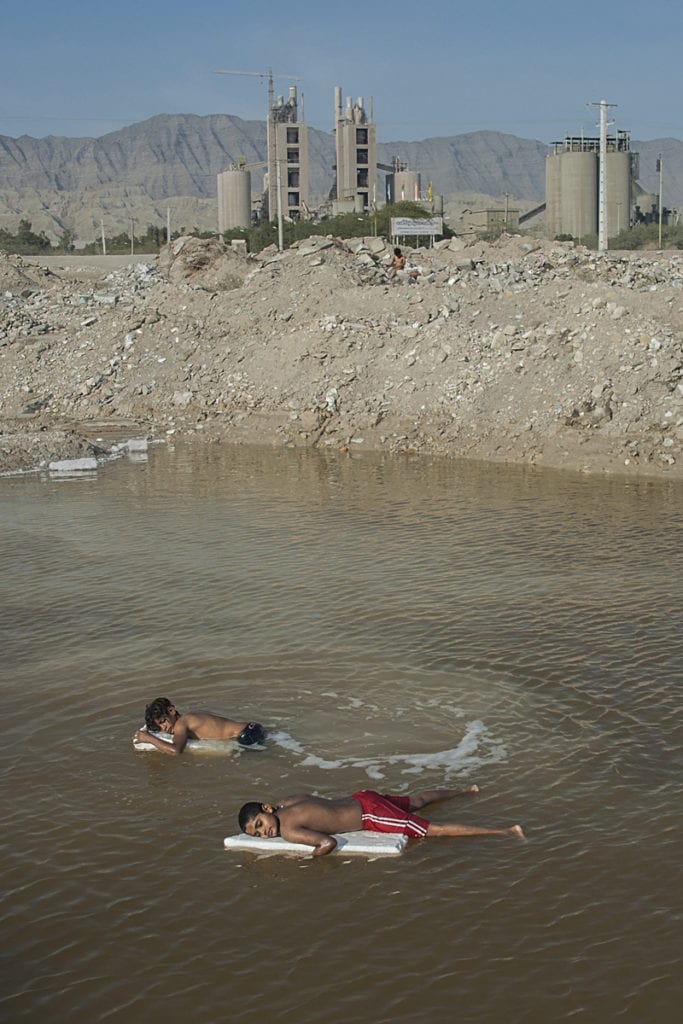
‘Swim?’ by Aziz Ghaderi
“This series concerns the children of Khamir, one of the Southern ports of Iran. They live in the suburbs of the port, especially the slum parts. The children are deprived of their natural rights as having a deserving educational, recreational, and cultural atmosphere; seemingly the only recreation and joy they have is swimming in the only pond of the area.”
To vote for this photographer, visit the Facebook gallery.
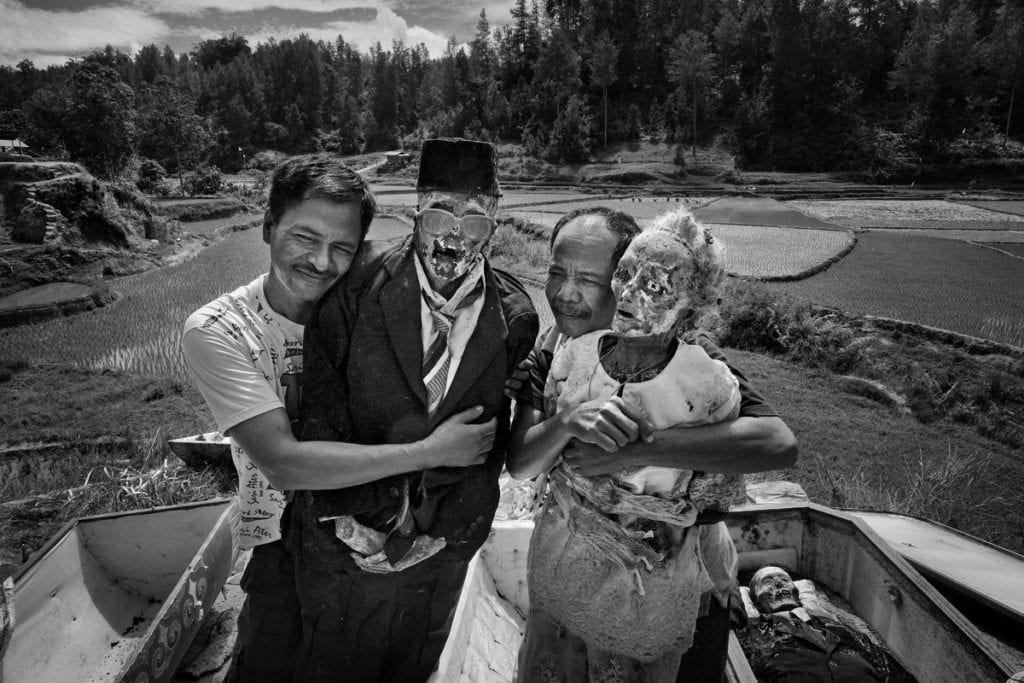
‘Living for Death’ by Alain Schroeder
“In Toraja, Indonesia, the rituals associated with death are complex and expensive. Therefore, when a person dies, it can take weeks, months and even years for the family to organise the funeral.
During this time, the deceased is considered to be “sick” and kept at home. While it remains a sad time, the transition from life to death is a slow and peaceful process strengthening the family bonds. Depending on the family, the body may be kept uncovered, bundled in layers of cloth or in a coffin.
In the region of Pangala, the ‘Ma’ Nene’ (the cleaning of the corpses ceremony) takes place after the rice harvest. Coffins are removed from their burial sites and opened. The mummies are cleaned, dried in the sun and given a change of clothes. Expressions of sadness are mixed with the overall happy atmosphere surrounding these moments of bonding with loved ones and honouring ancestors.”
To vote for this photographer, visit the Facebook gallery.
——
Be part of this year’s judging and vote for your favourite to receive the People’s Choice Award at this year’s awards ceremony for the Felix Schoeller Photo Award. Visit the Facebook gallery to vote.
Sponsored by Felix Schoeller Group: This feature was made possible with the support of Felix Schoeller Group, a world leader in photographic paper since 1895. Please click here for more information on sponsored content funding at British Journal of Photography.

